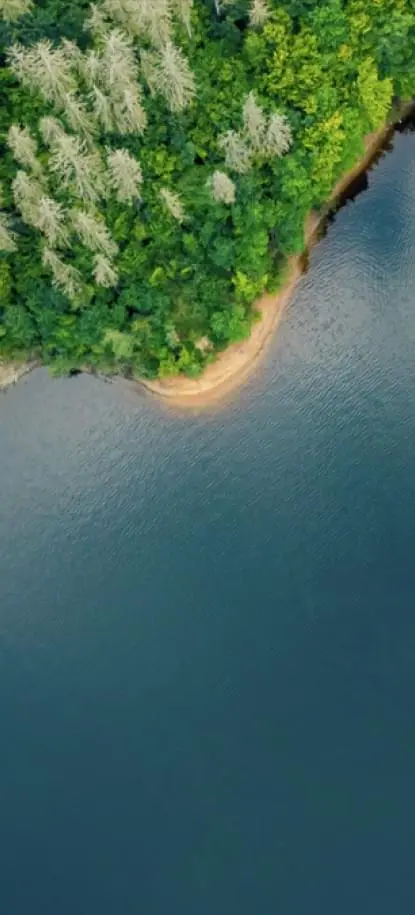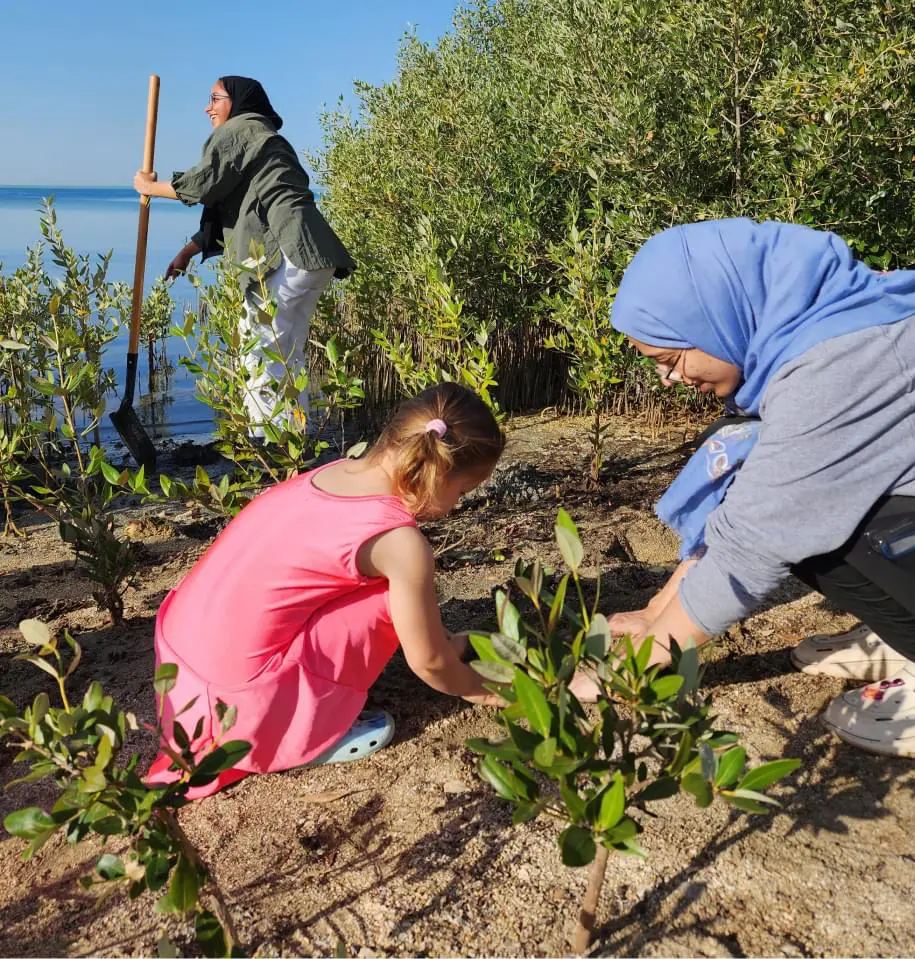




Quick Links:


HSE is dedicated to preserving and promoting biodiversity on its campus to maintain a healthy ecosystem. The university is the custodian of a significant span of coastal water and a unique marine ecosystem. To protect this ecosystem, HSE has established protected areas that provide a safe habitat for native species. In June 2017, the university set aside 152 hectares of mangrove as protected areas to promote biodiversity in the region.
Additionally, scientists in KAUST conduct research on biodiversity, including the impact of climate change on marine life and habitat fragmentation on terrestrial species. Through these efforts, KAUST aims to raise awareness about the importance of environmental conservation and contribute to global sustainability.






